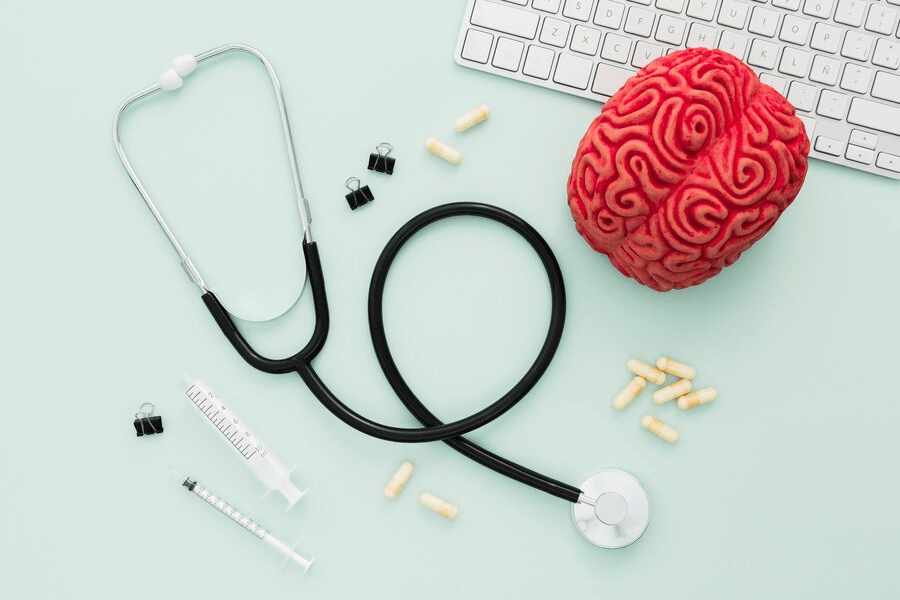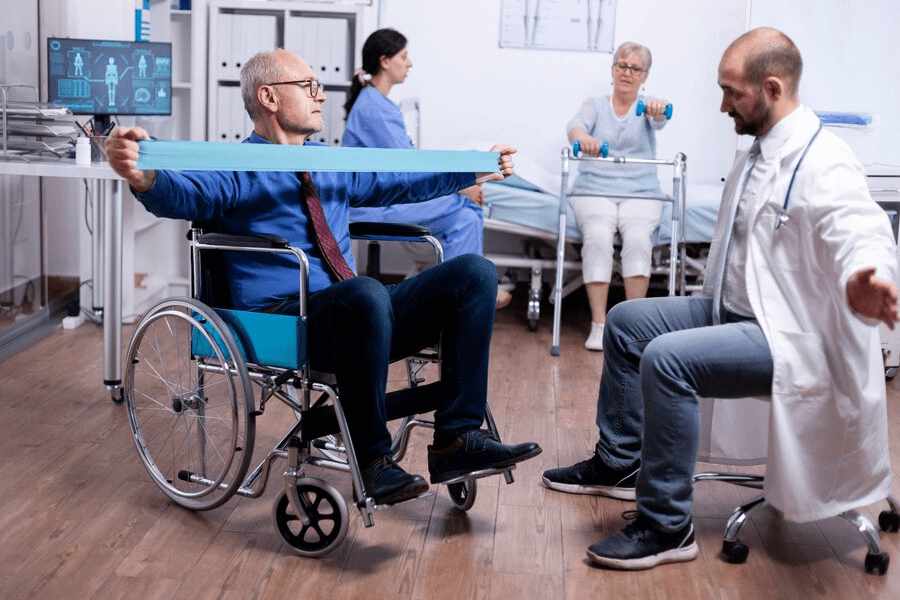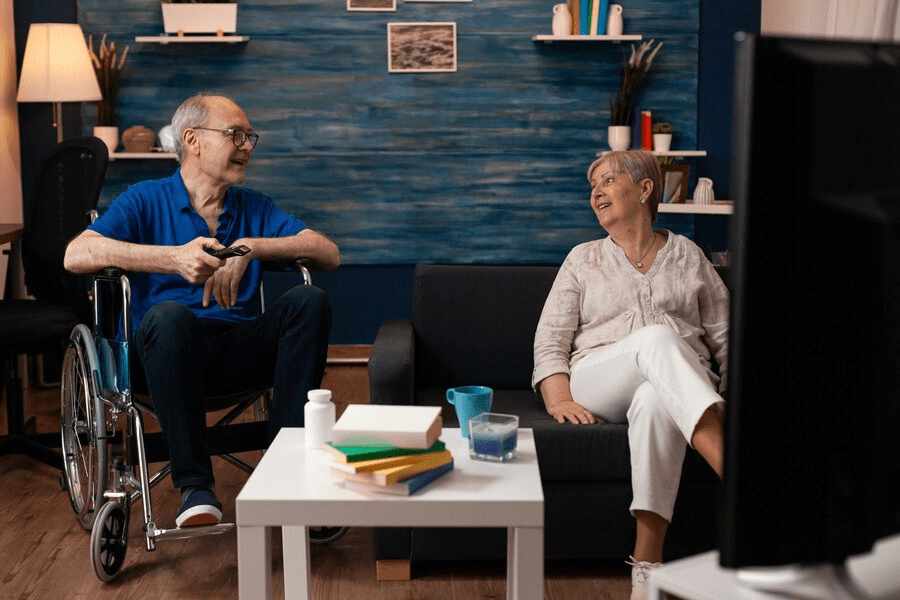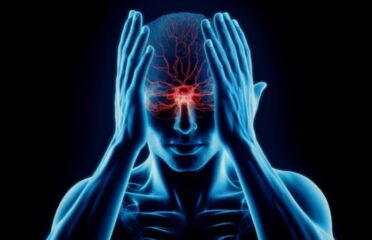Stroke
Overview
A stroke transpires when there is an abrupt disruption in cerebral blood flow, resulting from either a blockage, known as an ischemic stroke or bleeding within the brain, termed a hemorrhagic stroke.
This sudden interruption causes a deprivation of oxygen and essential nutrients to the brain, ultimately culminating in damage or death of brain cells.
The severity of the impairment is contingent upon the extent and duration of the blood flow disruption.
Prompt medical intervention is crucial to mitigate the potentially irreversible consequences of a stroke, as the restoration of blood flow aids in preventing further neurological deterioration and facilitates the recovery process.


Stroke Symptoms
• Signs of a stroke include difficulty with speech, such as confusion, slurred speech, or an inability to understand spoken language.
• Numbness, weakness, or paralysis on one side of the face, arm, or leg may occur, with arm drooping or a drooping mouth when attempting to smile being possible indicators of a stroke.
• Visual disturbances, sudden blurred or blackened vision in one or both eyes, or double vision, may also be symptoms.
• A sudden and severe headache could signal a stroke, accompanied by vomiting, dizziness, or altered consciousness.
• Stumbling, loss of balance, or coordination issues may also arise, indicating a potential stroke. It is essential to recognize these signs for prompt medical intervention and effective stroke management.
Causes & Risks
• Ischemic and Hemorrhagic Causes: Stroke can result from a blocked brain artery (ischemic) or a burst blood vessel (hemorrhagic), leading to distinct types of strokes.
• Transient Ischemic Attack (TIA): Temporary disruptions in blood flow, known as TIAs, don't cause lasting symptoms but may serve as warning signs.
• Modifiable Risk Factors: Lifestyle choices like obesity, physical inactivity, heavy drinking, and illicit drug use contribute to stroke risk.
• Medical Risk Factors: High blood pressure, smoking, high cholesterol, diabetes, obstructive sleep apnea, and cardiovascular diseases increase susceptibility to stroke.
• Non-Modifiable Factors: Age, race or ethnicity (African American and Hispanic populations at higher risk), sex (men at higher risk), and hormonal influences from birth control or estrogen therapies.
• Additional Risk Factors: Personal or family history of stroke, heart attack, or TIA, along with COVID-19 infection, further elevates the risk profile.


Test & Diagnosis
• When assessing a potential stroke, medical professionals employ a variety of diagnostic techniques to identify potential indicators.
• These include comprehensive evaluations of heart function, blood pressure and nervous system responses, as well as blood tests to rule out alternative causes of symptoms.
• Imaging techniques such as CT scans and MRIs can detect ischemic stroke damage, bleeding, tumors, and other abnormalities in the brain.
• Additionally, carotid ultrasounds provide detailed images of carotid arteries that help identify plaques and assess blood flow.
• Less commonly used techniques like cerebral angiograms and echocardiograms can provide detailed X-ray images of brain and neck arteries and visualize the heart, respectively.
• By utilizing a comprehensive approach to diagnosis, medical professionals can more effectively identify and address the causes of a stroke.
Stroke Treatment
• Emergency IV Medicine: Swift administration of intravenous medication to dissolve clots in ischemic strokes or address bleeding in hemorrhagic strokes, promoting rapid intervention.
• Endovascular Procedures: Specialized techniques like thrombectomy for clot removal in ischemic strokes and coiling for aneurysms in hemorrhagic strokes performed within blood vessels.
• Surgical Interventions: Procedures such as carotid endarterectomy to remove plaque in ischemic strokes and surgical clipping or AVM removal for hemorrhagic strokes address specific issues.
• Minimally Invasive Techniques: Interventions like angioplasty and stent placement to widen narrowed blood vessels promote improved blood flow without extensive surgery.
• Comprehensive Stroke Care: An integrated approach that considers both ischemic and hemorrhagic strokes, tailoring treatments to individual patient needs for optimal outcomes.


Living With
The prognosis following a stroke is highly variable, shaped by factors such as severity, location, and individual characteristics.
The speed of medical intervention, rehabilitation endeavors, and the extent of brain damage significantly influence recovery.
While some individuals witness substantial symptom alleviation and functional improvement through rehabilitation and therapy, others grapple with enduring disabilities encompassing physical, cognitive, and emotional dimensions.
Over time, many stroke survivors continue to make progress, yet attaining full recovery remains elusive for some. Vital components of post-stroke management involve preventive measures and continuous care, which are essential for mitigating risk factors and optimizing the recovery trajectory.
The outlook post-stroke underscores the complexity and individuality of the Stroke recovery process.
Complications
• Paralysis: Loss of muscle movement is a common complication, resulting in partial or complete paralysis on one side of the body. Control over specific muscles, such as the face or arm, may be diminished or lost.
• Speech and Swallowing Difficulties: Impaired muscles in the mouth and throat can lead to challenges in talking clearly, swallowing, and eating. Language-related issues may impact speech, understanding speech, reading, and writing.
• Cognitive Impairment: Memory loss is a prevalent complication post-stroke, affecting individuals differently. Difficulty with thinking, reasoning, making judgments, and understanding concepts may occur.
• Emotional Challenges: Controlling emotions becomes challenging for stroke survivors, with a risk of developing depression.
• Pain and Sensations: Pain, numbness, or altered sensations may manifest in the affected body parts.


The Content is not intended to be a substitute for professional medical advice, diagnosis, or treatment. Always seek the advice of your physician or other qualified health provider with any questions you may have regarding a medical condition.
Know more about
Our Healthcare Planner
Personal Health Planner at BNC is a support staff who listens to your concerns and connects you with a Neuro Care provider. They prioritize your needs and create a trusting relationship between you and the provider.
Three fundamental values we can assure you:
1. Personalized Healthcare.
2. Most advanced robotic therapies
3. Transparent pricing





